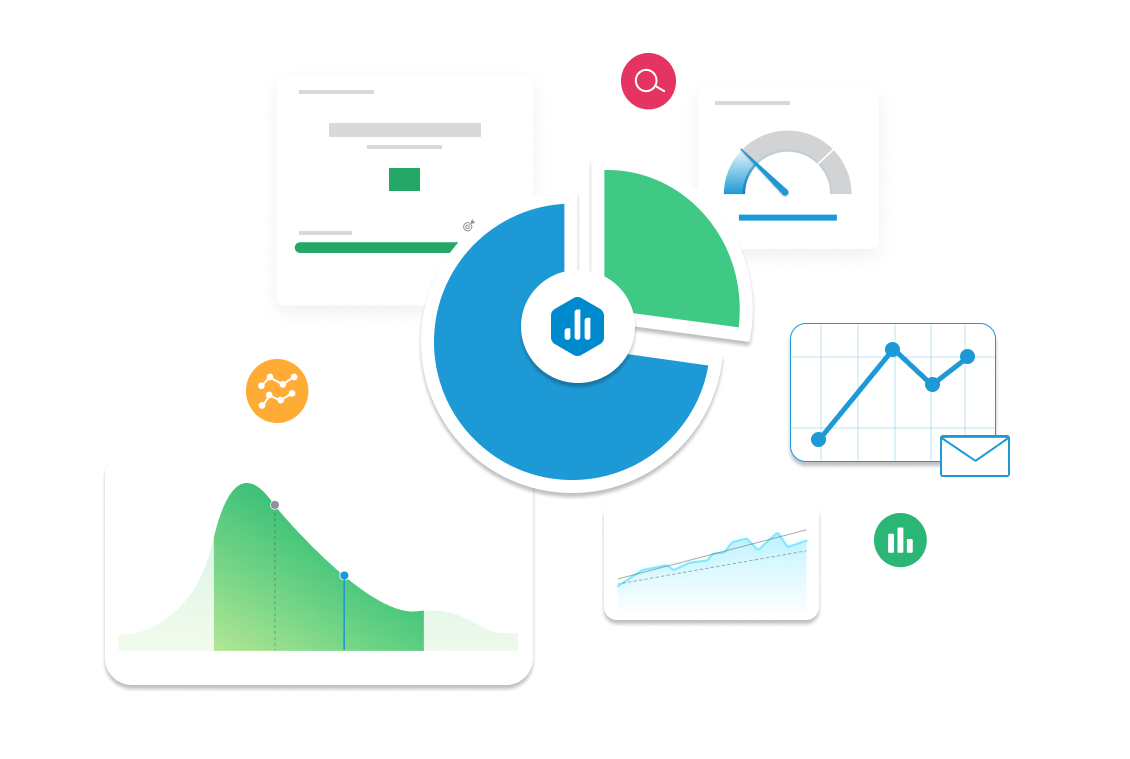Average Position
Discover how Average Position measures the average ranking of your website’s pages in search engine results. Learn how to track, analyze, and improve this KPI to boost organic visibility and drive more search traffic.

| Category |
Marketing |
|---|---|
| Type |
Leading Indicator |
| Calculation |
Average Position = Sum of Positions for Each Impression / Total Number of Impressions |
| Measure |
Tracks the average rank of your website’s pages across all search queries, helping assess SEO performance and visibility over time. |
| Data Sources: |
Google Search Console, Ahrefs, SEMrush, Moz, SERanking, Google Analytics (via integrations). |
| Frequency |
Tracked weekly or monthly to monitor ranking trends and the effectiveness of SEO efforts. |
Example target
Improve average position from 8 to 5 in Q3 by updating underperforming content, earning backlinks, and optimizing on-page SEO.
Example Reports Use Case
An SEO Specialist uses this KPI to evaluate keyword rankings and monitor the impact of content and technical SEO changes. If rankings decline, they may revise content, improve page speed, or address technical SEO issues.
What is Average Position
Average position is a metric that tells you, on average, where your page shows up in Google search results.
Let’s say your page ranks #1 for one keyword and #5 for another. Your average position? That would be 3. It’s basic math, but it gives you a solid read on how visible your content really is.
Of course, it’s not the full story. A page might rank high but still get very few clicks if the title or description doesn’t pull people in. That’s why average position works best when paired with other data, like click-through rate and impressions. Alone, it shows you how high your content ranks. Combined, it shows whether those rankings are actually pulling their weight.
In short: average position gives you a bird’s-eye view of your visibility in search. It doesn’t tell you everything, but it’s a good place to start if you want to know whether Google is positioning your content.
"Back when we first started tracking this, I remember being fixated on getting to position #1. But the truth is, average position isn’t about winning one keyword. It’s about consistency across the board to build topical authority"



